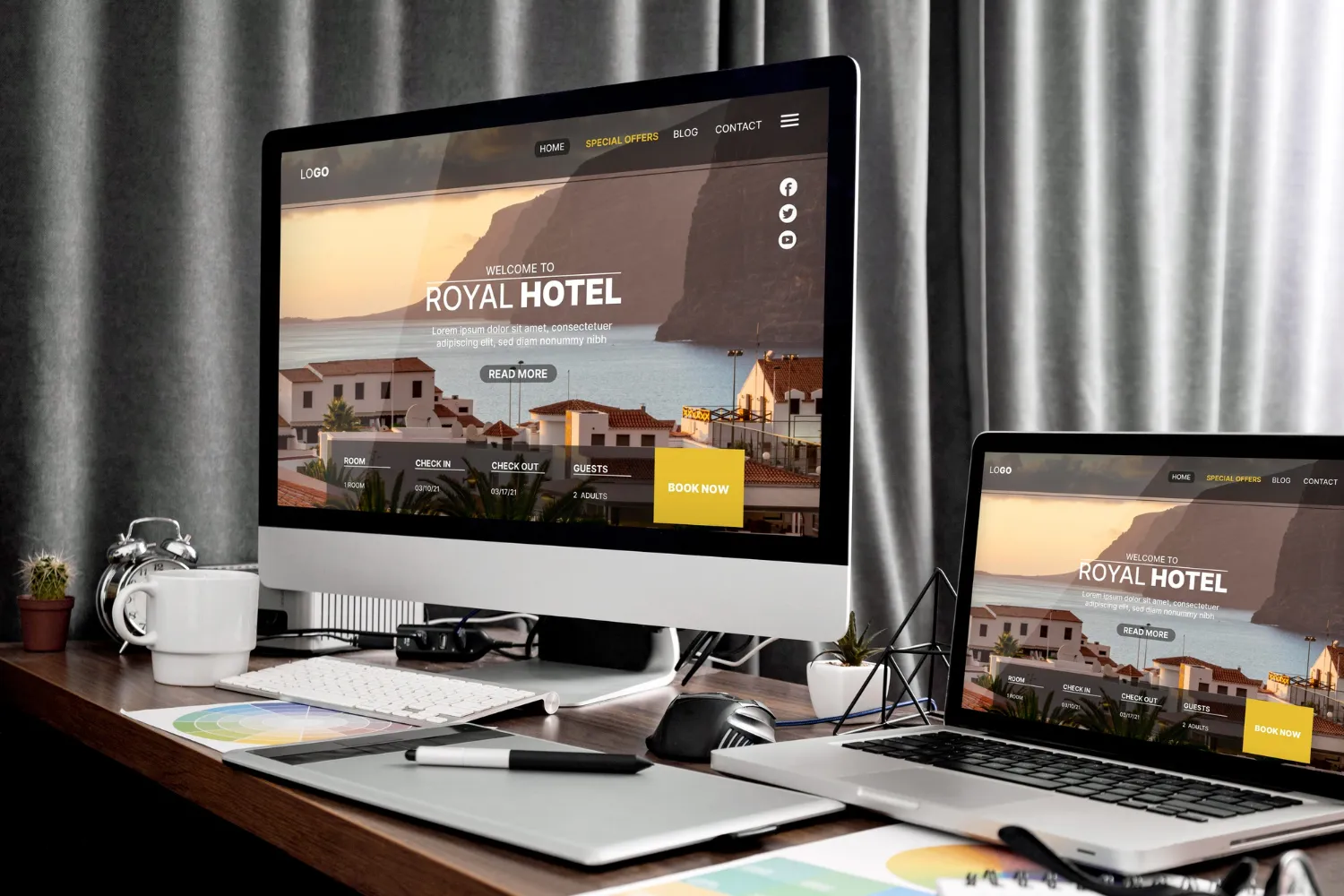Business risks in custom website designs: What you need to know

Creating a unique website can be exciting for any business, but it's not without its challenges. Bespoke web design services, while promising innovation and individuality, can pose risks that companies should be aware of. Understanding these risks is crucial for making informed decisions when venturing into the realm of custom website development.
Understanding the risks in bespoke web design
Cost overruns
One of the primary risks of bespoke website design is the potential for cost overruns. Creating a unique website demands specialized skills and time. Often, unforeseen complexities arise during the design and development process, leading to increased expenses that can surpass initial budgets.
Extended timelines
Bespoke web designs take time. Unlike using templates or pre-built designs, crafting a unique website involves intricate planning, iterations, and testing. Delays can occur due to design changes, technical challenges, or coordination issues with the development team, resulting in extended project timelines.
Technical challenges
Creating a bespoke website requires technical expertise. Issues might arise in implementing specific functionalities, integrating different components, or ensuring compatibility across various devices and browsers. These challenges can slow down development or even lead to functional issues post-launch.
Maintenance and support
Custom websites often require specialized maintenance and support. With unique coding and features, finding experts who can efficiently maintain and troubleshoot issues becomes crucial. Dependence on a limited pool of experts can pose challenges in addressing urgent technical concerns.
Compatibility and scalability
Ensuring compatibility across different platforms and devices is crucial for a website's success. Bespoke web designs might face compatibility issues or scalability challenges when new features or updates are introduced, impacting user experience and functionality.
Security concerns
Unique websites might have vulnerabilities that are not present in standardized solutions. Custom coding could potentially introduce security loopholes if not developed and maintained diligently, making the site susceptible to cyber threats.
How to avoid business risks when developing a custom design
Avoiding business risks when developing a custom design is crucial for ensuring the success and sustainability of a project. Here are key strategies to mitigate risks:
Conduct Thorough Market Research
Understand your target market, including customer needs, preferences, and existing solutions. This helps in creating a design that is not only appealing but also meets market demand.
Define Clear Objectives and Requirements
Before starting the design process, clearly define the project's goals, scope, and specific requirements. This clarity helps in aligning the project's direction and avoiding scope creep.
Invest in a Detailed Planning Phase
A comprehensive plan that outlines timelines, budgets, resources, and milestones is essential. This should include a risk management plan that identifies potential risks and outlines strategies to mitigate them.
Choose the Right Team
Selecting a skilled and experienced design and development team is critical. Evaluate their portfolio, expertise, and communication skills to ensure they align with your project needs.
Embrace Agile Methodologies
Agile methodologies allow for iterative design and development, enabling the team to adapt to changes and feedback more efficiently. This reduces the risk of the final product not meeting user expectations.
Implement Prototyping and User Testing
Early and ongoing prototyping, followed by user testing, helps in identifying design flaws or usability issues. It provides valuable feedback that can be incorporated to improve the final design.
Secure Intellectual Property Rights
Protect your custom design from potential infringement by securing the necessary intellectual property rights, such as trademarks, patents, or copyrights.
Ensure Regulatory Compliance
Depending on your industry, your design may need to comply with specific regulations or standards. Ensure that these requirements are understood and integrated into the design process.
Plan for Scalability
Consider future growth and scalability in the design phase. A design that can easily adapt to future needs or expansions reduces the risk of costly redesigns.
By implementing these strategies, businesses can significantly reduce the risks associated with developing a custom design and increase the likelihood of project success. Each strategy involves proactive planning and ongoing management, ensuring that risks are identified early and addressed efficiently.
Conclusion
In conclusion, for business owners considering bespoke web design, choosing a dedicated team of experts is key to
mitigating the associated risks. By partnering with experienced professionals, companies can overcome complex
situations, optimize development, and minimize potential pitfalls.
Choosing a trusted UI/UX design services team ensures smoother communication, skillful technical problem-solving,
and proactive risk management, ultimately paving the way for a successful custom web solution that meets business
goals and minimizes inherent risks.